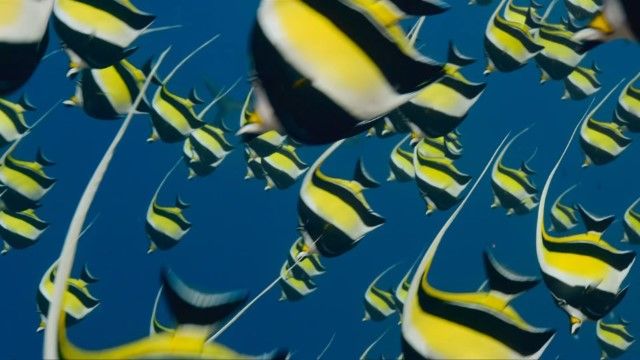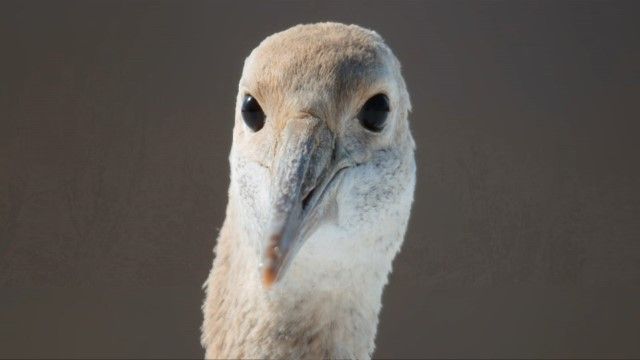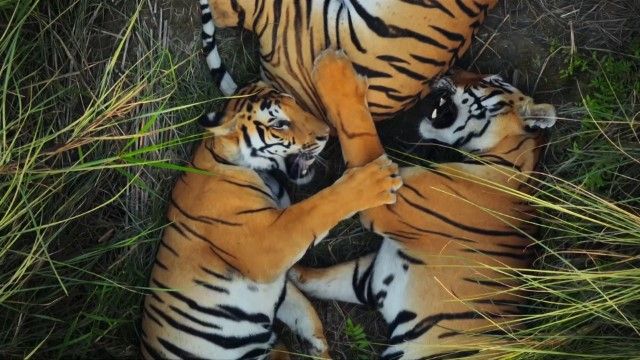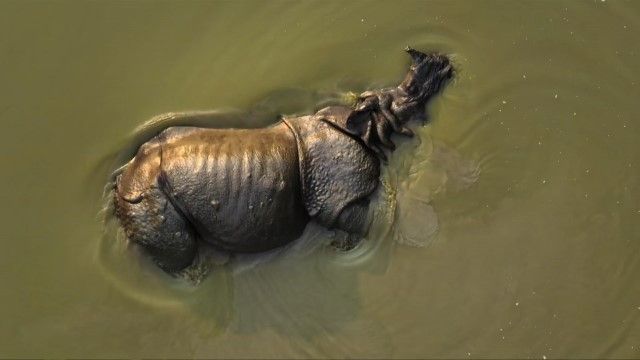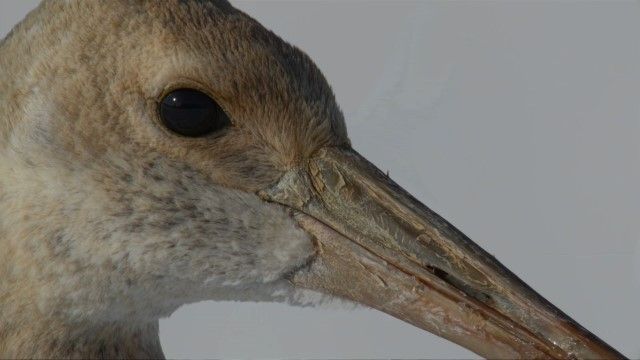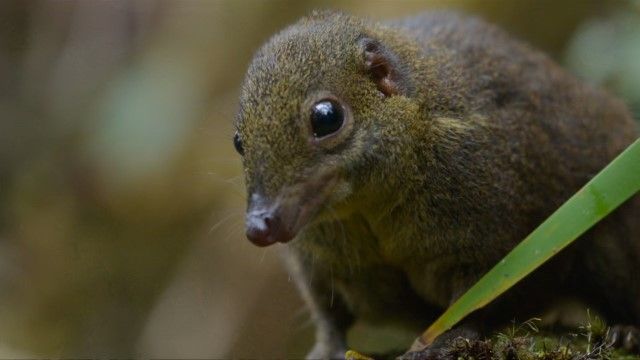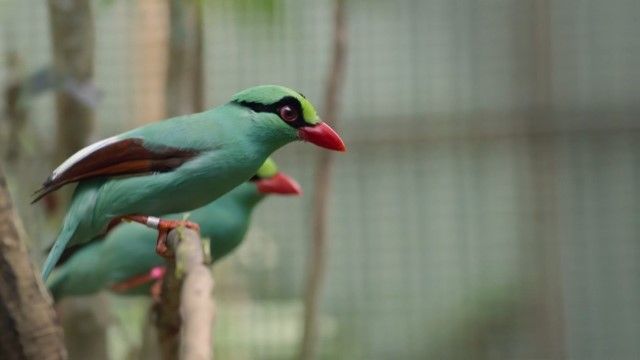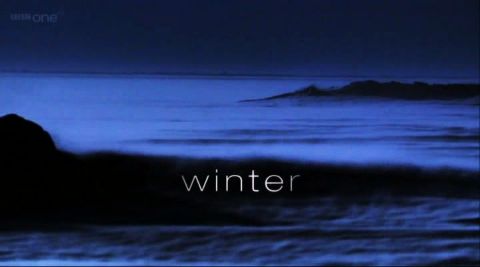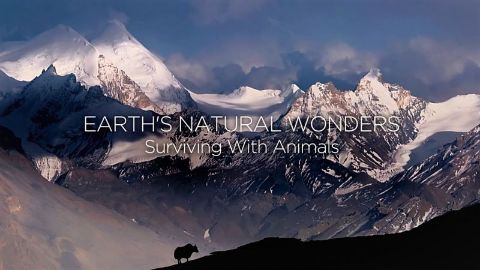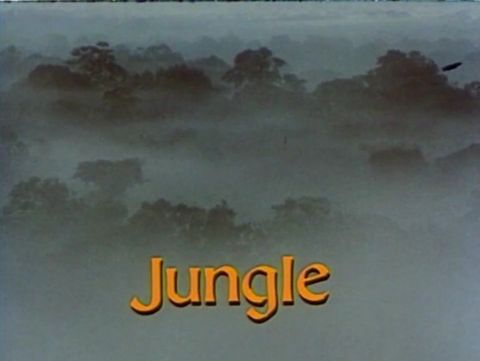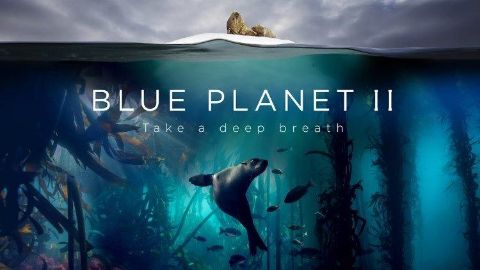The Arid Heart • 2024 • episode "S1E6" • Asia
Animals that live in Asia's deserts and dry grasslands, including the Gobi bear, one of the rarest animals on Earth who communicate by leaving their scent on ancient trees. The Thar in India is the most densely populated desert in the world, and a place where Demoiselle cranes migrate thousands of miles to reach, being welcomed with grain put out by the local Jain community.
Make a donation
Buy a brother a hot coffee? Or a cold beer?
Hope you're finding these documentaries fascinating and eye-opening. It's just me, working hard behind the scenes to bring you this enriching content.
Running and maintaining a website like this takes time and resources. That's why I'm reaching out to you. If you appreciate what I do and would like to support my efforts, would you consider "buying me a coffee"?
Donation addresses
BTC: bc1q8ldskxh4x9qnddhcrgcun8rtvddeldm2a07r2v
ETH: 0x5CCAAA1afc5c5D814129d99277dDb5A979672116
With your donation through , you can show your appreciation and help me keep this project going. Every contribution, no matter how small, makes a significant impact. It goes directly towards covering server costs.
